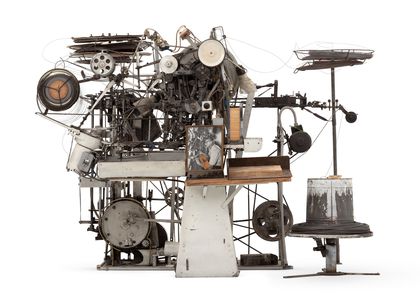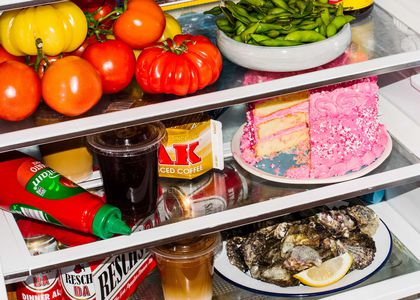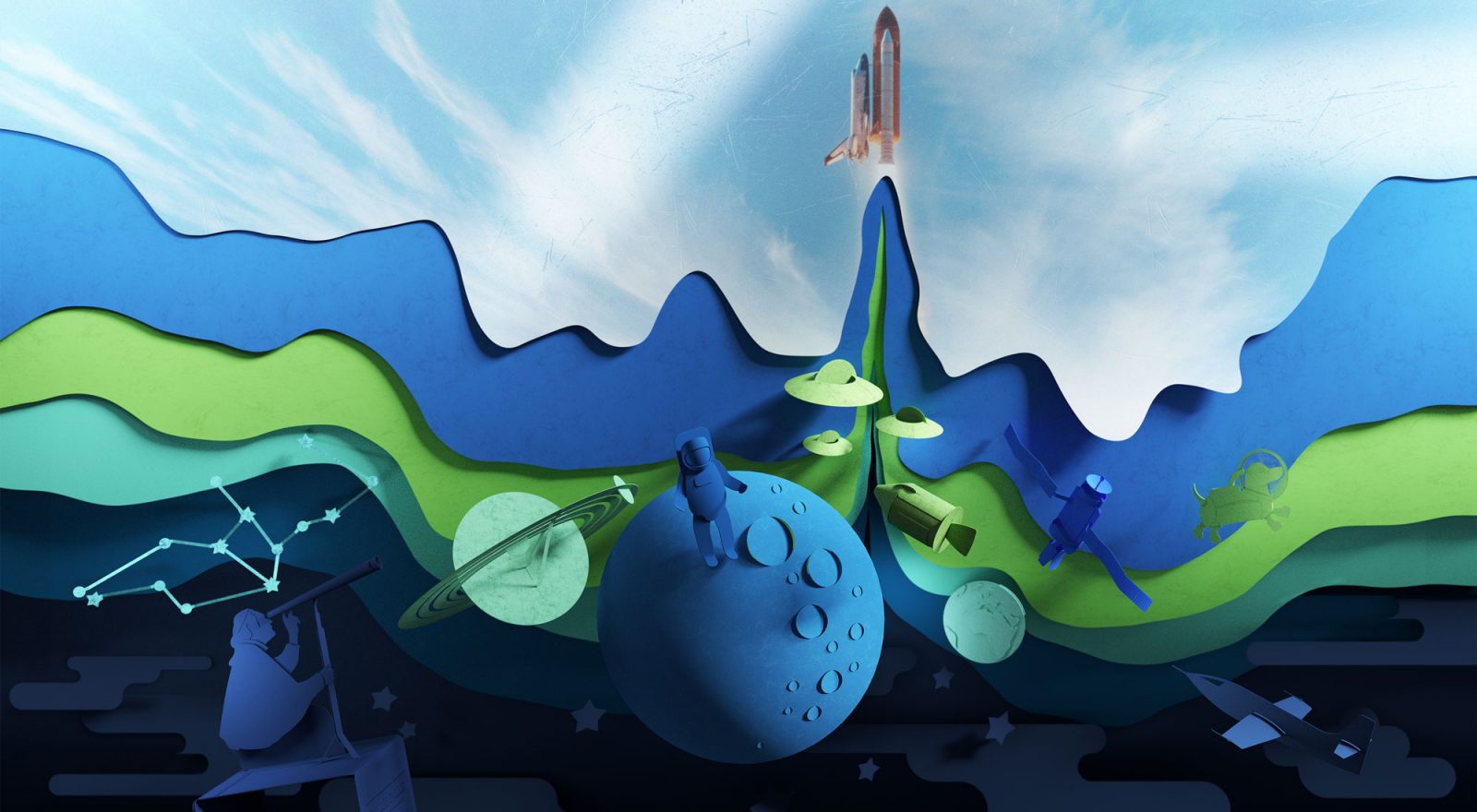
Google Cultural Institute is an online platform which brings together the collections of hundreds of museums and galleries around the world. Its goal is to make these amazing collections free and accessible to all. Using the latest technology, Google have partnered with cultural institutions to digitise collection objects, interpret them through new online exhibits, and reveal 360-degree views of their buildings and grounds.
MAAS has been part of the Google Cultural Institute since 2015. Through the platform you can explore our Powerhouse and Sydney Observatory sites. We’ve created online exhibits that help reveal the breadth and depth of our collection, from high fashion to health and medicine, and digitised more than 250 individual objects for online visitors to explore.
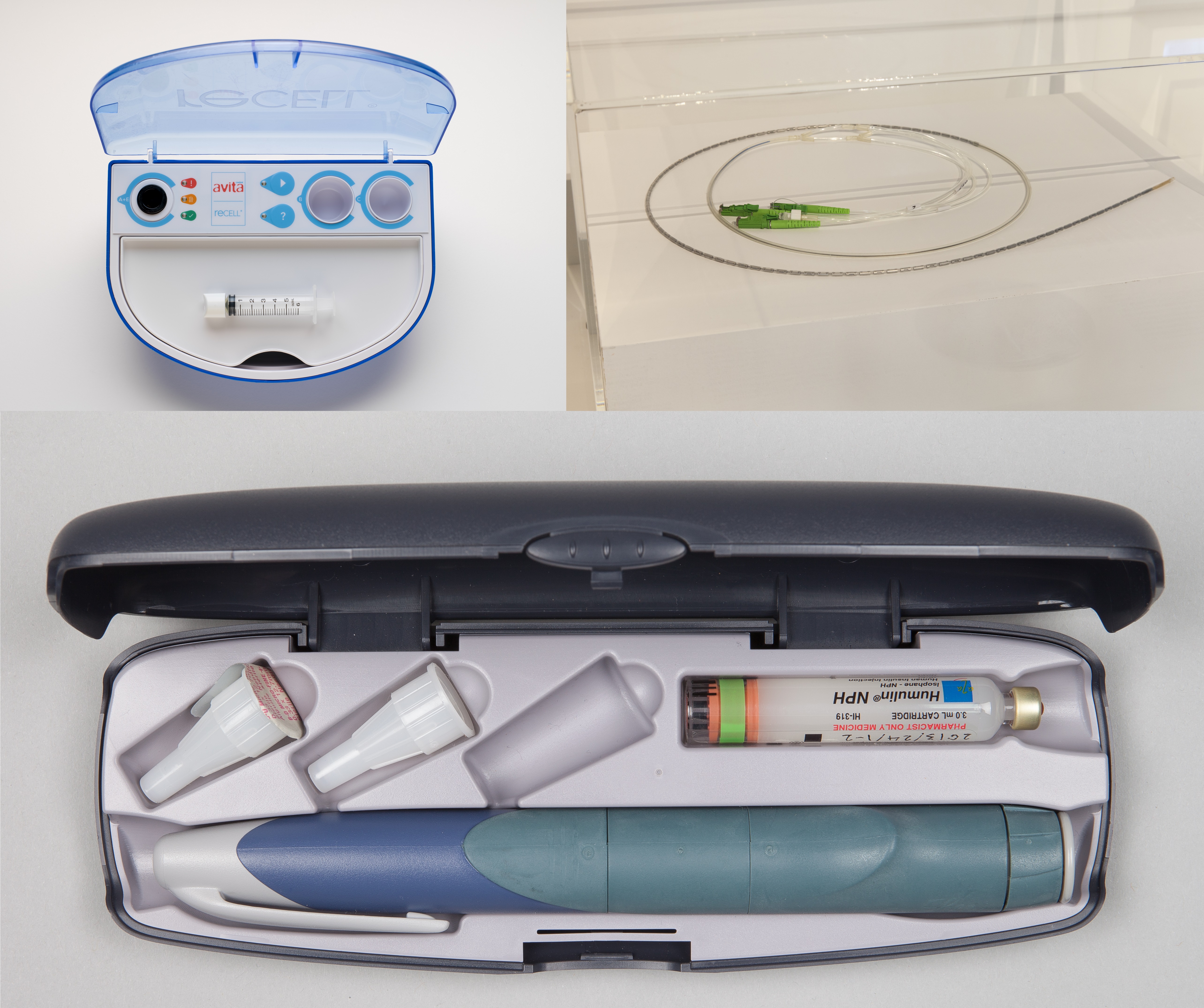
This week, Google launched a new theme Once Upon a Try: A journey of invention and discovery, which explores and celebrates the way in which we, as humans, are constantly pushing the boundaries in all facets of our lives – and what happens when we do. Ranging from serious and thought-provoking to humorous and bizarre, the objects offered by different institutions look at the sometimes-stumbling journey from idea to success, the risks taken by explorers of Earth and Space to bring us new knowledge, and the everyday inventions we rarely think of that have changed our lives.
As part of the Once upon a try theme, MAAS has released a new online exhibit called Ingenuity and Innovation. The MAAS collection celebrates human ingenuity in all its forms, and in this exhibit, we’ve focused on Australian contributions – some you might have heard of, and others less well-known.
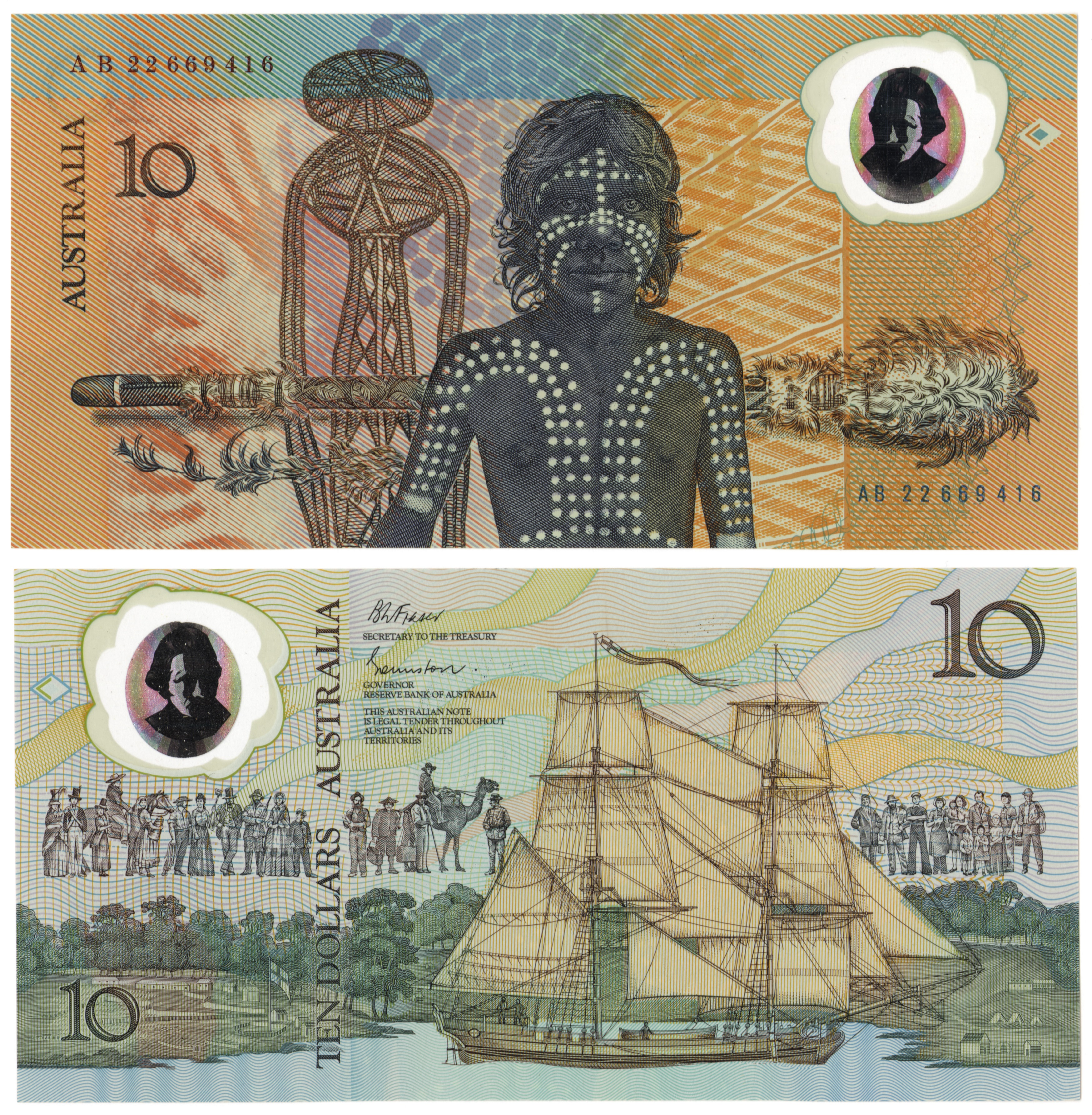
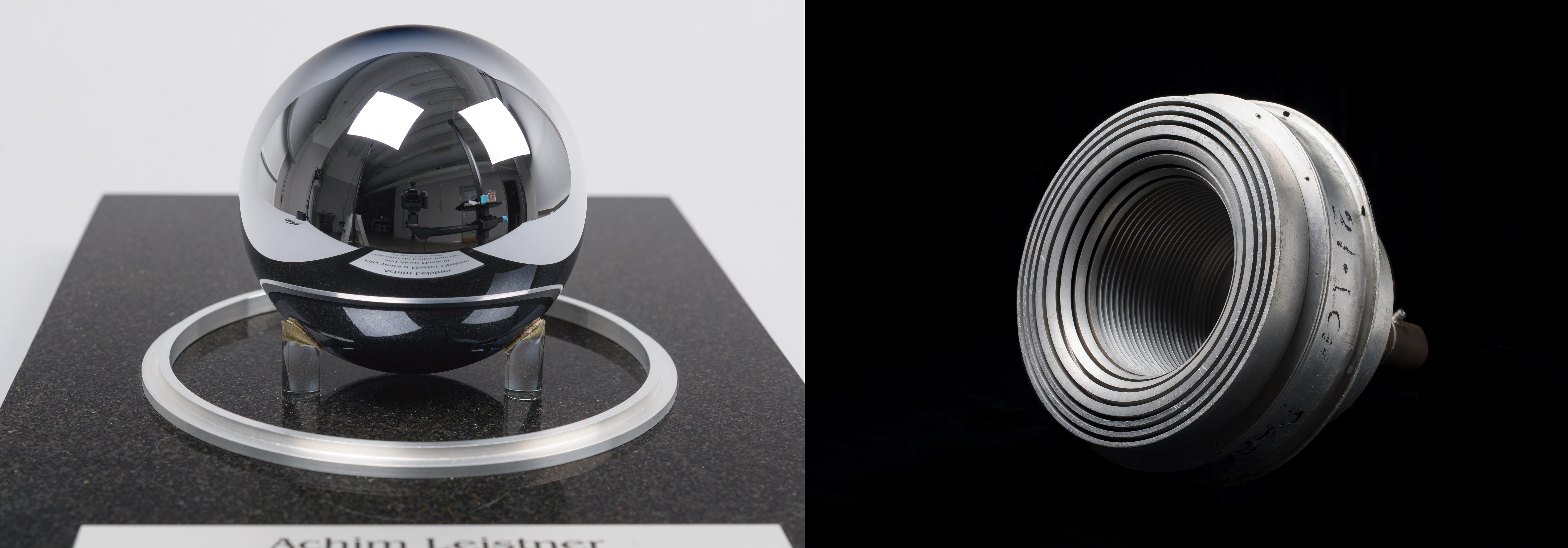
The set naturally includes examples of science and technology, and stories of both early and modern-day explorers – but also looks at how human ingenuity is expressed in the fields of art, design, architecture and fashion, and highlights the often-unrecognised scientific knowledge and engineering skills held by Indigenous Australians, which existed long before white settlement. There are medical and safety devices that are improving people’s lives, and developments in renewable energy that are helping sustain our planet.
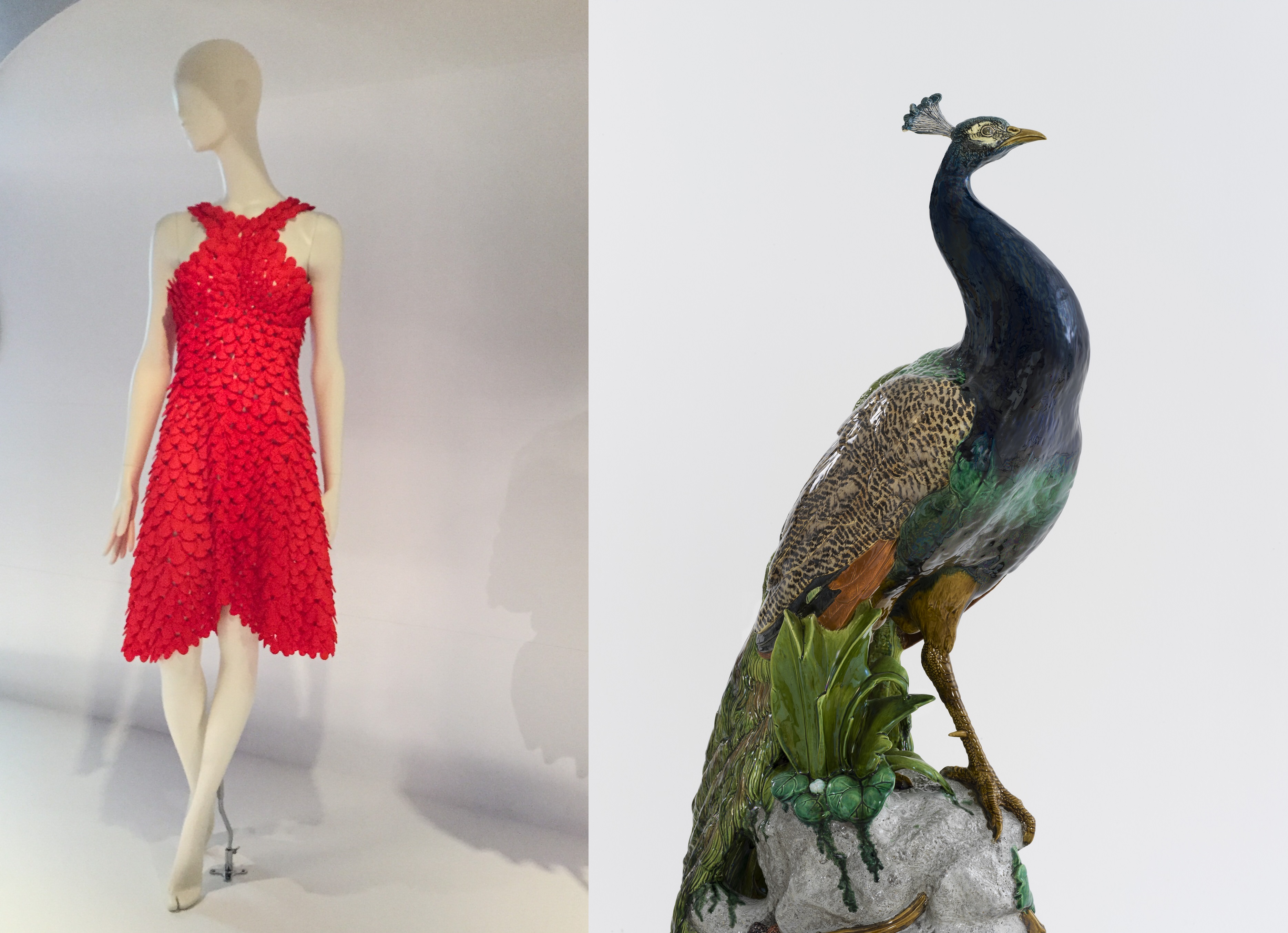
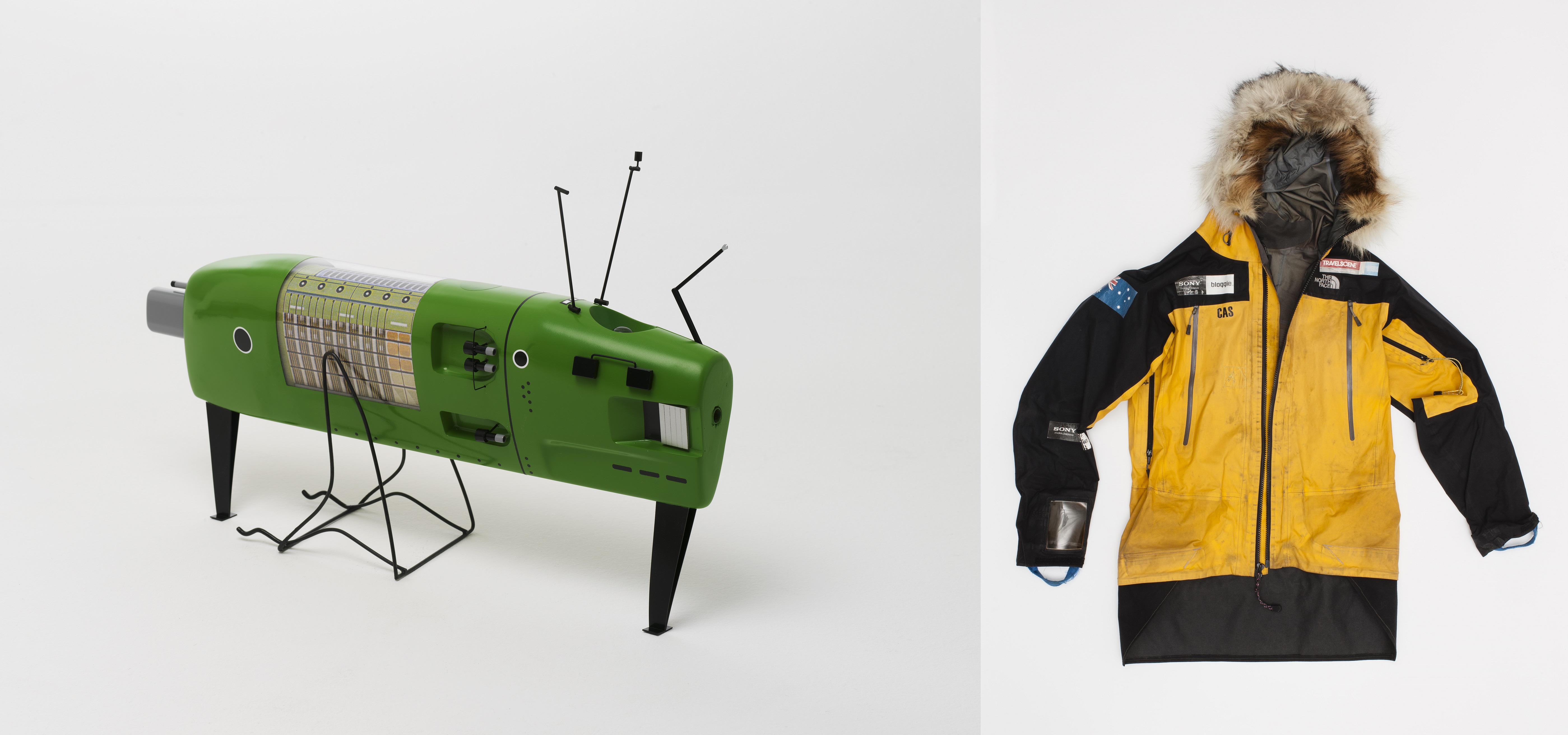
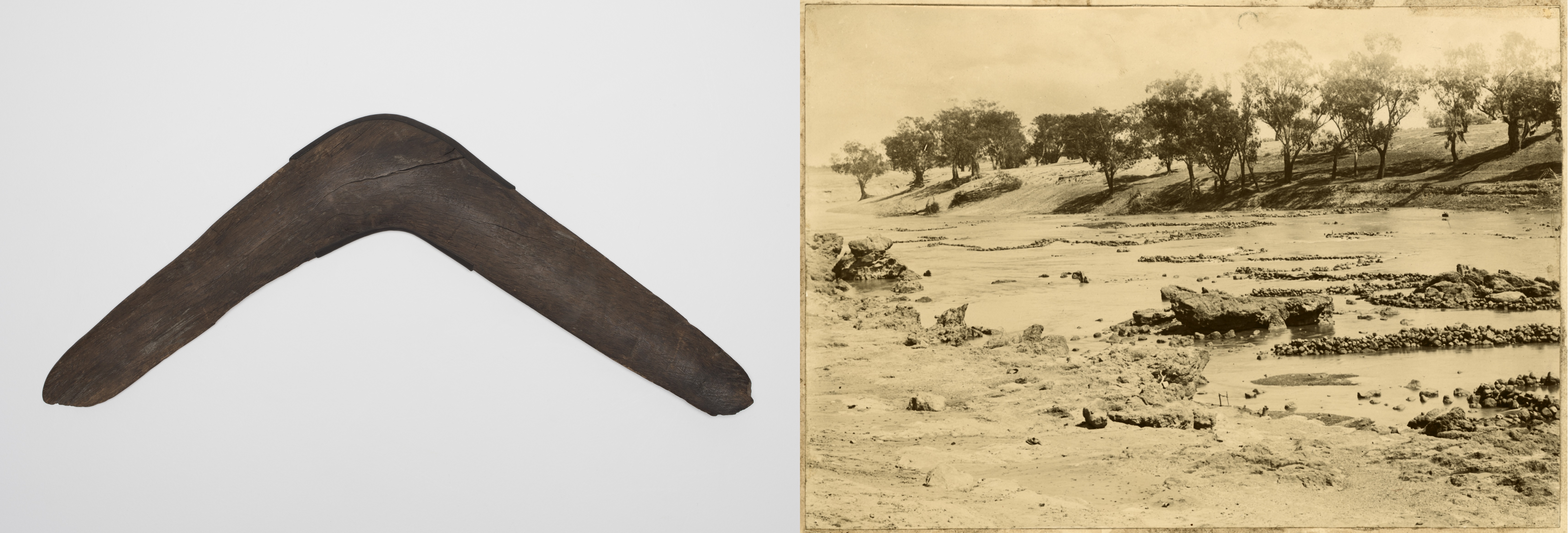
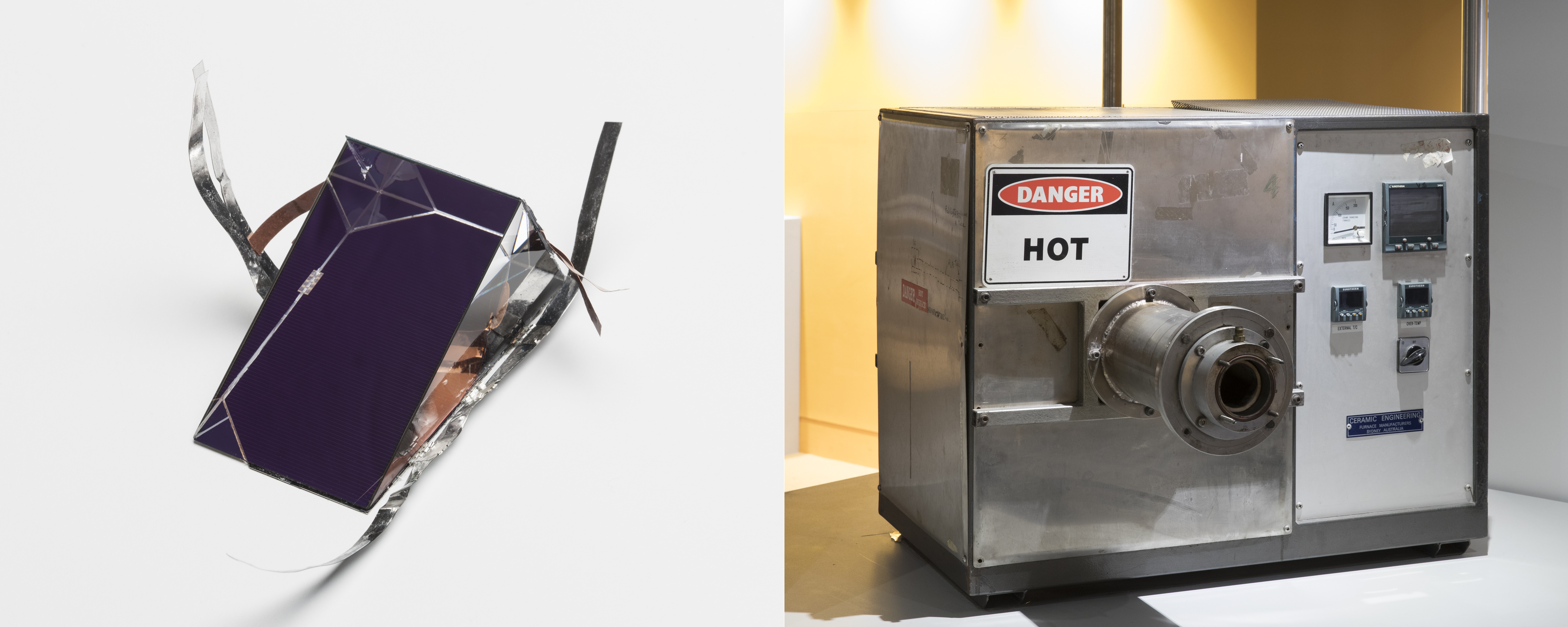
But perhaps my favourite inclusion of all is the humble dual-flash toilet cistern. Our bathroom habits are something most of us spend little time thinking about, and yet the flushing of toilets accounts for a considerable chunk of any household’s or business’s water consumption. By introducing separate half (3L) and full flush (6L) buttons, this Australian invention has drastically reduced water usage. The dual flush has been almost universally adopted around Australia and is now mandatory in all new buildings. And in a country plagued by drought that is a great thing.
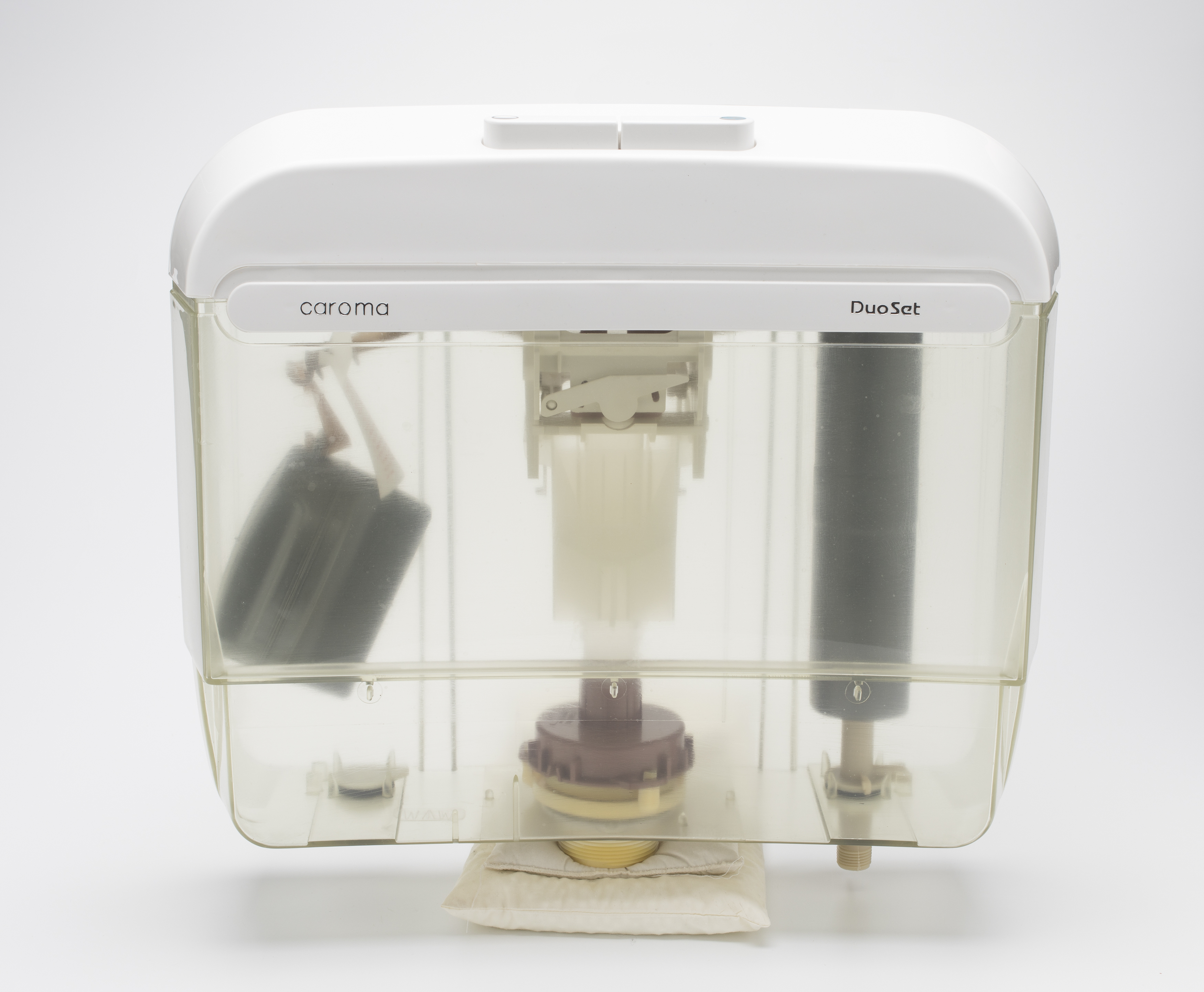
You can explore MAAS’s Ingenuity and Innovation set here, and see the contributions of all 119 institutes involved in the Once Upon a Try project here. MAAS’s entire collection of more than 500 000 objects is also available through our Online Collection.
Ingenuity and Innovation was curated by Assistant Curators Sarah Reeves and Nina Earl, with Digital Production by Media Production Coordinator Ryan Hernandez.
